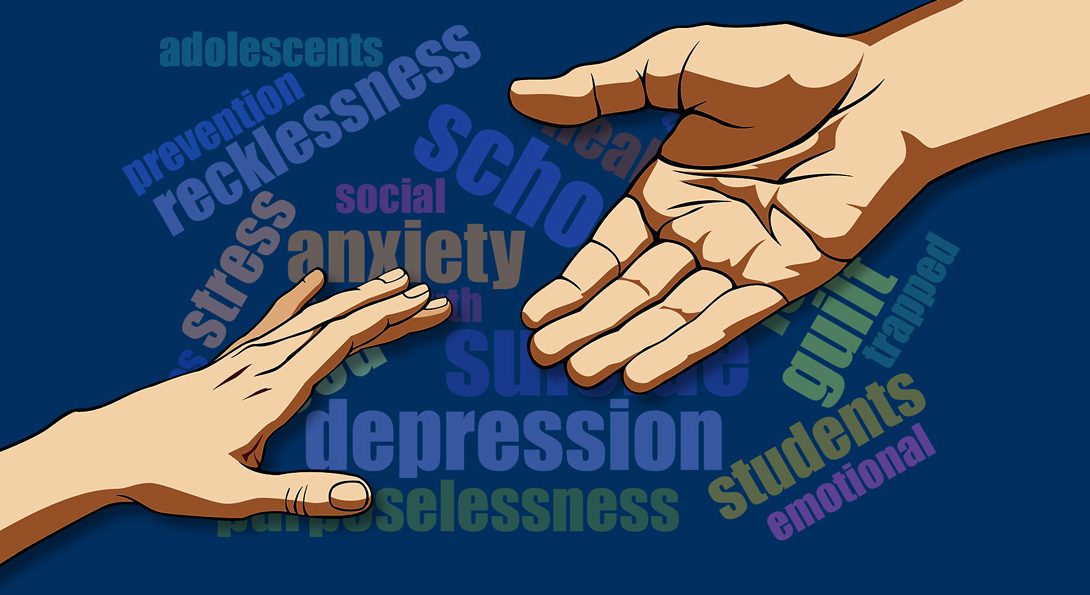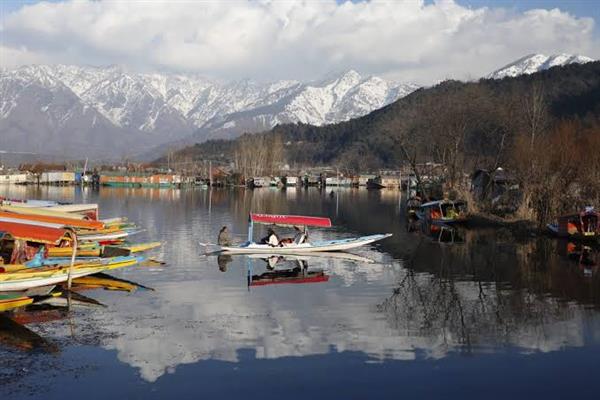By: Nawaz Manzoor Malik
Suicide is a global concern, and its impact is far and wide, affecting individuals, families, and entire communities. In Kashmir, the menace of suicide has been exacerbated by decades of conflict, political turmoil, and a unique cultural context. Trying to explore the latest information and initiatives surrounding suicide prevention in Kashmir, shedding light on the challenges faced and the glimmers of hope that are emerging.
As per the National Human Rights Commission (NHRC) report, suicide has claimed the maximum number of lives in Kashmir after terrorism. The rate of suicide is said to have increased by 26 times, from 0.5 per 100,000 before insurgency broke out, to 13 per 100,000. A study by Medicines Sans Frontiers (MSF, aka Doctors
Without Borders) reveals an alarming 400 per cent increase in the suicide rate.
In 2021, 586 people attempted suicide in Kashmir. The figure stood at 20 in Jammu. In 2021, the overall male-to-female ratio of suicide victims in Kashmir stood at 73:27. In 2020, the figure was 71:29. Central Kashmir’s Budgam district and north Kashmir’s Baramulla reported 73 cases of suicide each. This is followed by south Kashmir’s Anantnag which reported 67 cases. Srinagar reported 51 cases of attempt of suicide. In 2021, 41 cases of abetment to suicide were registered in Kashmir against 35 in 2020. In 2020, the year of the pandemic, over 450 cases of suicide were reported—the highest in a decade. In 2017, there were 287 suicides in Jammu & Kashmir. The figure increased to 330 in 2018.
Similarly, 2019 saw a marginal drop in numbers with 284 reported cases. The UT (then state) reported a suicide rate of 10.3 per 100,000 people that year. The national average is 10.2. From 2010 to 2020, the valley witnessed 3,024 cases of suicide.
The first step in addressing any crisis is to understand its scope and depth. The latest statistics paint a troubling picture. According to recent data, the suicide rate has been steadily rising, with a marked increase in the last few years. Factors such as unemployment, trauma, and other family issues have contributed to this alarming trend. Not only this, but its devastating impact is not limited to the individual who takes their own life; it reverberates throughout society.
Families left in the wake of suicide must grapple with profound grief, guilt, and shame. Communities are scarred, and mental health issues often remain hidden due to the prevailing stigma in Kashmir. Recognizing the collective toll of suicide underscores the urgency of prevention efforts.In the face of adversity, Kashmiri society has shown remarkable resilience and determination. Local NGOs, community leaders, and individuals have taken it upon themselves to provide support and hope to those in distress. These grassroots efforts often bridge the gap between formal services and the needs of the community.
Breaking the stigma surrounding mental health is a crucial aspect of suicide prevention. Media campaigns, educational programs, and public events have been instrumental in shifting attitudes and encouraging individuals to seek help when needed. Recent awareness efforts have reached segments of society that were previously reluctant to discuss mental health openly.
In conclusion, the latest information on suicide prevention in Kashmir highlights both the gravity of the problem and the determination of individuals and organizations to combat it. While progress has been made, much work remains to be done. The road ahead is fraught with challenges, but it is also illuminated by the resilience and hope of the Kashmiri people. Suicide prevention is not just a matter of statistics; it is a lifeline of hope for a region that deserves peace, prosperity, and mental well-being.






